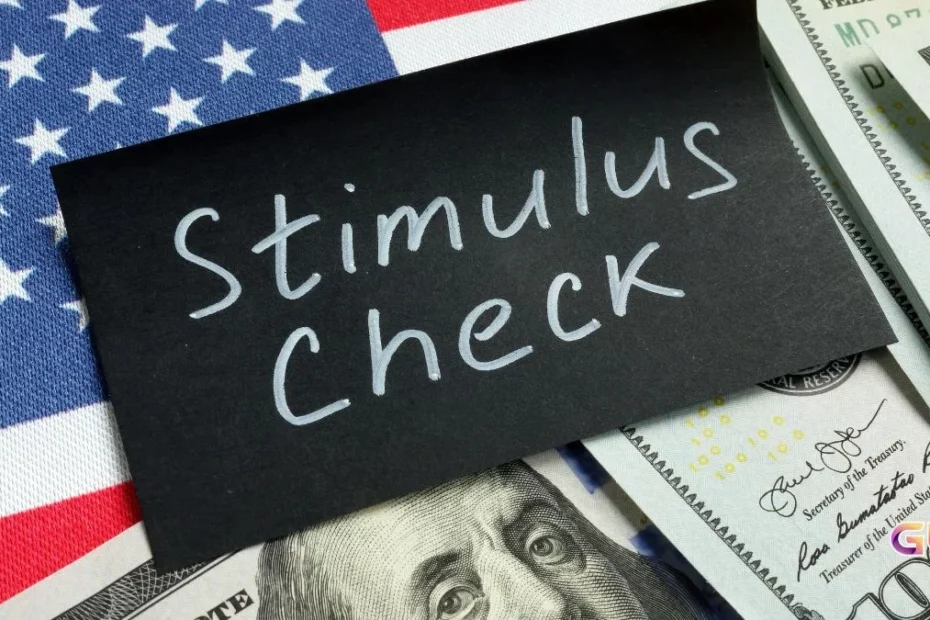Fourth Stimulus Check 2025 — The federal government has officially confirmed the launch of a new stimulus-style program called Trump Accounts, part of the broader “One Big Beautiful” bill introduced by former President Donald J. Trump.
While not a direct fourth round of stimulus checks, the initiative mirrors past relief efforts in its scope and scale—and marks a significant step in financial planning for future generations.
Unlike the pandemic-era stimulus payments, which delivered direct cash to individuals, the Trump Accounts program creates tax-deferred investment accounts for every child born in the U.S. between December 31, 2024, and January 1, 2029. At birth, each eligible child will receive a $1,000 contribution from the federal government.
How the Trump Accounts Work
These accounts are modeled after “baby bonds” and are designed to grow with the stock market over time.
The funds will be owned by the child’s legal guardian and can receive up to $5,000 per year in private contributions, encouraging families to invest early and benefit from compound growth.
Government estimates project that, if untouched, the $1,000 could grow to:
- $8,000 in 20 years
- $69,000 in 40 years
- $574,000 in 60 years
These projections assume investment in a stock market index fund. The accounts are not accessible for general use until specific milestones are reached:
- Age 18: Access to 50% of the balance
- Age 25: Full access for approved purposes like education or business startup
- Age 30: Unrestricted access
Just One Requirement for Eligibility
To qualify, at least one parent or guardian must have a valid U.S. Social Security number with work authorization. There are no income or socioeconomic restrictions, making this a universal benefit—a key difference from prior stimulus programs and existing state-run baby bond plans.
Economic Impact and Long-Term Outlook
Initial estimates suggest the program will cost around $3 billion annually, based on current U.S. birth rates.
The long-term impact, however, is expected to unfold gradually over decades, with analysts citing potential benefits for financial inclusion, wealth equity, and intergenerational mobility.
While praised by some as an innovative way to foster financial literacy and independence, critics argue the plan may widen inequality between families who can contribute additional funds and those who cannot.
Economists also caution that the real effects will depend heavily on market performance and future legislative changes.
